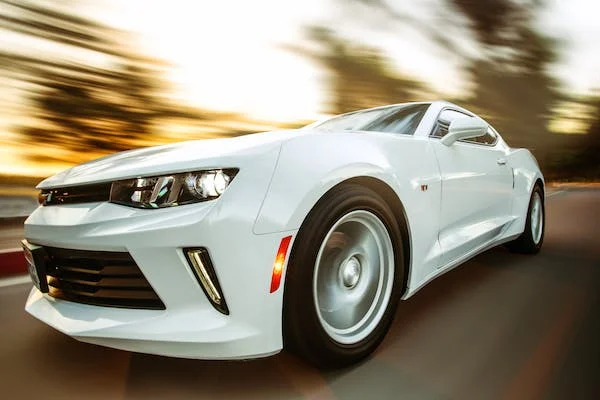If you’re looking to upgrade your vehicle’s wheels and tires, you may be feeling overwhelmed by the options available. From different sizes to different materials and styles, it can be difficult to know where to start. In this guide, we’ll walk you through the factors you should consider when choosing wheels and tires for your vehicle.
Size Matters
When it comes to wheels and tires, size matters. The size of your vehicle’s products can impact its performance, handling, and fuel efficiency. Before you start shopping, you’ll need to know the size of your current products. You can find this information on the sidewall of your tires or in your vehicle’s owner’s manual.
When selecting Buy wheels and tires, you’ll want to consider the size and width of both components. The size of your tires is typically indicated by a series of numbers, such as “215/60R16”. The first number, 215 in this case, represents the width of the tire in millimeters. The second number, 60, represents the aspect ratio or the height of the tire’s sidewall as a percentage of its width. The final number, 16, represents the diameter of the wheel in inches.
When choosing new wheels, you’ll want to ensure that they are the correct size for your tires. You’ll also want to consider the width of the wheel. Wider wheels can improve handling and performance, but may also negatively impact fuel efficiency.
Material Matters
Wheels and tires can be made from a variety of materials, each with their own advantages and disadvantages. The most common materials for wheels are steel, aluminum, and alloy.
Steel wheels are the most affordable option, but they are also the heaviest. This can negatively impact performance and fuel efficiency. Steel wheels are often used on entry-level vehicles and as winter wheels.
Aluminum wheels are lighter and more stylish than steel wheels, but they are also more expensive. They can improve performance and fuel efficiency, but may not be as durable as steel wheels.
Alloy wheels are a combination of aluminum and other metals. They are lighter and more durable than aluminum wheels, and can improve both performance and fuel efficiency. They are also more expensive than aluminum wheels.
When it comes to tires, the most common materials are rubber and synthetic rubber. Synthetic rubber is a newer material that is often used in high-performance tires. It offers better traction and handling than traditional rubber, but it is also more expensive.
Style Matters
The style of your wheels can impact the overall look of your vehicle. There are a variety of styles to choose from, including classic, sporty, and modern.
Classic wheels are often made of steel and have a simple, timeless design. They can be a good choice for vintage or classic cars.
Sporty wheels are designed to improve performance and handling. They often have a more aggressive design with a larger diameter and wider width.
Modern wheels are often made of aluminum or alloy and have a sleek, contemporary design. They can give your vehicle a more updated look.
Terrain Matters
The terrain you’ll be driving on can also impact your wheel and tire selection. If you’ll be driving on rough terrain, you may want to consider all-terrain or mud-terrain tires. These tires have a more aggressive tread pattern that can provide better traction on uneven surfaces.
If you’ll be driving in snowy or icy conditions, you may want to consider snow tires. Snow tires have a special tread pattern and softer rubber compound that can improve traction in cold, snowy conditions.
If you’ll be driving in dry conditions, you may want to consider performance tires. These tires are designed for maximum grip and handling, and can provide better acceleration and braking.
Budget Matters
As with any purchase, budget is an important factor to consider when selecting wheels and tires for your vehicle. The cost of wheels and tires can vary widely depending on the size, material, and style you choose.
It’s important to balance cost with quality when selecting wheels and tires. While you may be able to save money upfront by choosing a lower-quality product, it could end up costing you more in the long run if you have to replace them sooner or if they negatively impact your vehicle’s performance or fuel efficiency.
One way to save money on products is to purchase them as a package deal. Many retailers offer discounted pricing when you purchase a set of wheels and tires together.
It’s also important to factor in the cost of installation and any additional accessories you may need, such as lug nuts or hubcaps.
Final Thoughts
Choosing the right elite wheels and tires for your vehicle can be a daunting task, but by considering the factors outlined in this guide, you’ll be better equipped to make an informed decision. Remember to consider the size, material, style, terrain, and budget when selecting your products, and always choose quality products to ensure optimal performance and safety on the road.




